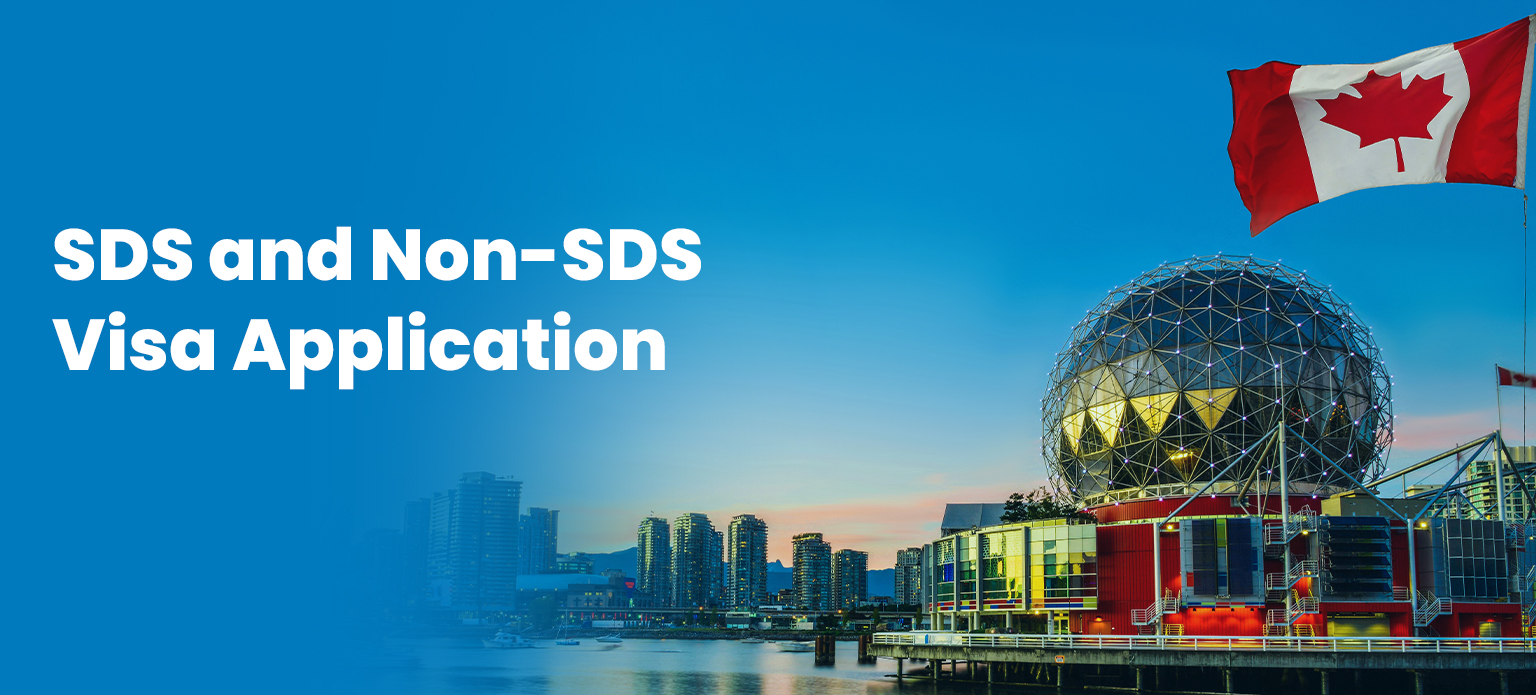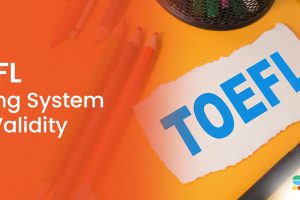
SDS and Non-SDS Visa Processes
- Categories All Study in Abroad Blogs, Study in Canada, Study Overseas Updates
- Date April 23, 2024
The process of getting a visa is time-consuming. Whether you are applying to study, work or, simply, travel overseas. It is an important step to abroad. Students can apply for their visas after choosing the right college in Canada. It is crucial that students understand the visa categories before applying.
Student Direct Stream (SDS) and Non-Student Direct Stream (Non-SDS) are two main categories. Non-SDS is a general visa application process for candidates seeking employment, education and immigration in Canada. But the process is lengthier due to its unclassified nature. To streamline the study visa process, the Canadian government introduced the SDS. The process is quicker and more efficient with the SDS route but it doesn’t facilitate candidates from all countries. Nonetheless, Indian students can apply with any.
Student Direct Stream (SDS) Visa Process
The Students Partner Program (SPP) was an initiative by Canadian Immigration Services. Later, it was rebranded as the Student Direct Stream (SDS). Launched by Immigration, Refugee and Citizenship Canada, SDS not only fastens the visa process but also makes it more convenient. So much so that applicants can receive their visas within 4-6 weeks from submission. In fact, the success rate of SDS is over 70%. Applied both online and offline, students need to meet certain eligibility requirements by the IRCC. With the criteria met, applicants could also get their visas within 20 days.
Non-SDS Visa Process
Non-SDS is a general visa process open for all countries for studying, working, and living in Canada. There is a standard processing time of 6-8 weeks involved in this process. This may vary based on the country of origin and individual circumstances. Moreover, the documentation and overall requirements are comparatively more too. Truth be told, the process is rather confusing without a counsellor. As a result, the success rate of non-SDS is as low as 40%.
Difference between SDS and Non-SDS: IELTS Requirements
IELTS is an important requirement to study in Canada. As an English proficiency test, international students submit their scores with both university and visa applications. It helps the universities determine the students’ language proficiency to understand their instructions and move with the pace of their academia.
For the SDS, students must reflect the minimum IELTS score of 6 bands. IRCC considers this as the benchmark of necessary skills required to efficiently communicate within and around the universities. On the other hand, there is no standardisation when it comes to Non-SDS. Students need to present scores as per their program, universities and even native countries. Undergraduate program aspirants could bank on a band of 6.0 while that for graduate programs could of 6.5 or 7.0. Alternatively, students can undertake PTE-A. They need to present a minimum PTE-A score of 60-70.
Difference between SDS and Non-SDS: Documents Required
The main documents required for a Canadian visa are a valid passport, academic records, proof of funds and IELTS results, alongside the university acceptance letter and tuition payment records. The Canadian government also require a medical examination report and academic background and records. These are the mandatory documents for both the SDS and Non-SDS visa processes. Students need to submit these documents for visas with the visa application fees. Both processes could cost about INR 11,000.
The difference? All documents required for the Non-SDS visa process are highly intensive and particular. For example, applicants need 55% or more for undergraduate courses and 50% for postgraduate courses. Medical tests required for the Non-SDS visas are different too.
Difference between SDS and Non-SDS: Application Process
Students can apply for an SDS Canada visa by completing the IMM 1294 form on the official website of IRCC. The process is quick with only the requirement to upload photographs, documents, biometrics and its charges (CAD 85), and application fees. After the required medical and background checks, students will receive an introduction letter, electronic travel authorisation (eTA), or a temporary resident visa for entry into Canada. They can collect their visa on arrival.
Unlike the SDS visas, the Non-SDS visa can be applied for on the CIC Canada website. Students can generate and use their GCKey user ID and password to log in to their accounts. They also need a reference code to begin the process. In its absence, they might not be eligible for the visa application process. They can check their eligibility on the site itself. If the result is positive, they can start uploading their documents.
What to Choose?
For a student, the decision is quite simple. The visa application process is lengthy as it is. The SDS process not only fits the timeline of a student but it is exclusively designed for their benefit. Due to this, all loopholes and difficulties are eliminated. Indian students are privileged to be one of the few countries eligible under its criteria. To top it all, they have a higher approval probability!
Have a query? Let us help you. Reach us for a FREE CONSULTATION today!
You may also like

Ireland Intake 2024-25: Universities & Preparation Timeline

TOEFL Scoring System and Validity


